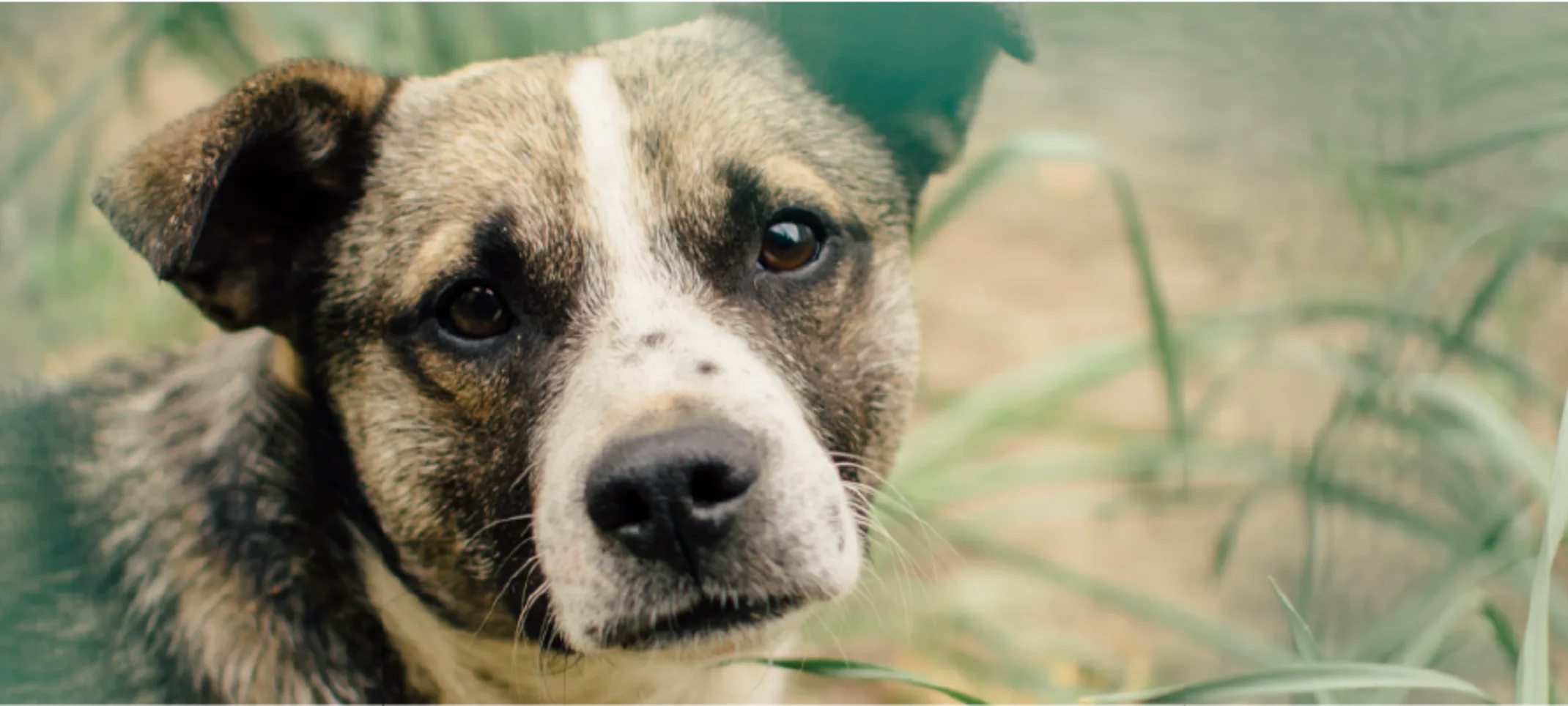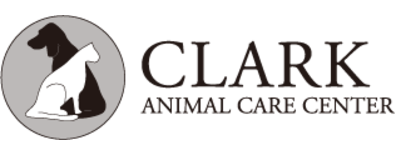Clark Animal Care Center
Home Remedy for Skunk Odor
This Home Remedy Neutralizes Skunk Odor

What do you tell clients when they contact your clinic for advice on caring for a pet that has been sprayed by a skunk? Now, thanks to the ingenuity of Paul Krebaum, a chemist with Molex, Inc., Lisle, Illinois, you can offer an antidote other than a tomato juice bath and the passage of time. Krebaum has devised a liquid solution made of simple ingredients-hydrogen peroxide, baking soda, and liquid detergent-that is supposed to be effective against the root cause of skunk odor, chemicals called thiols. According to Krebaum, the solution he prepared causes oxygen molecules to bond with the thiols, effectively neutralizing their foul-smelling odor.
Krebaum originally developed the formula to rid his laboratory of odor while he was conducting research projects with thiols, compounds that are naturally produced, often in association with the degradation of protein. Later he modified the formula when a colleague asked for help with a pet cat that had encountered a skunk. The colleague reported that the formula worked like magic, removing every trace of skunk odor from the sprayed cat.
Because of packaging difficulties associated with mixing hydrogen peroxide and baking soda (the oxygen released cannot be bottled), Krebaum decided against trying to patent his formula and subsequently made it available free of charge as a public service item. In October 1993, Chemical and Engineering News published the formula
The recipe that was modified for use on pets includes the following ingredients:
1 quart of 3% hydrogen peroxide
1/4 cup of baking soda
1 teaspoon of liquid soap
The soap acts to break up oils in the skunk spray, allowing the other ingredients to neutralize the thiols. Normal bathing procedures should be used to protect the pet’s eyes. Following application, the solution should be rinsed off the pet with tap water.
Abstracted with permission from Veterinary Newsletter, The University of Georgia Cooperative Extension Service, 1997;340 (November):3237.
